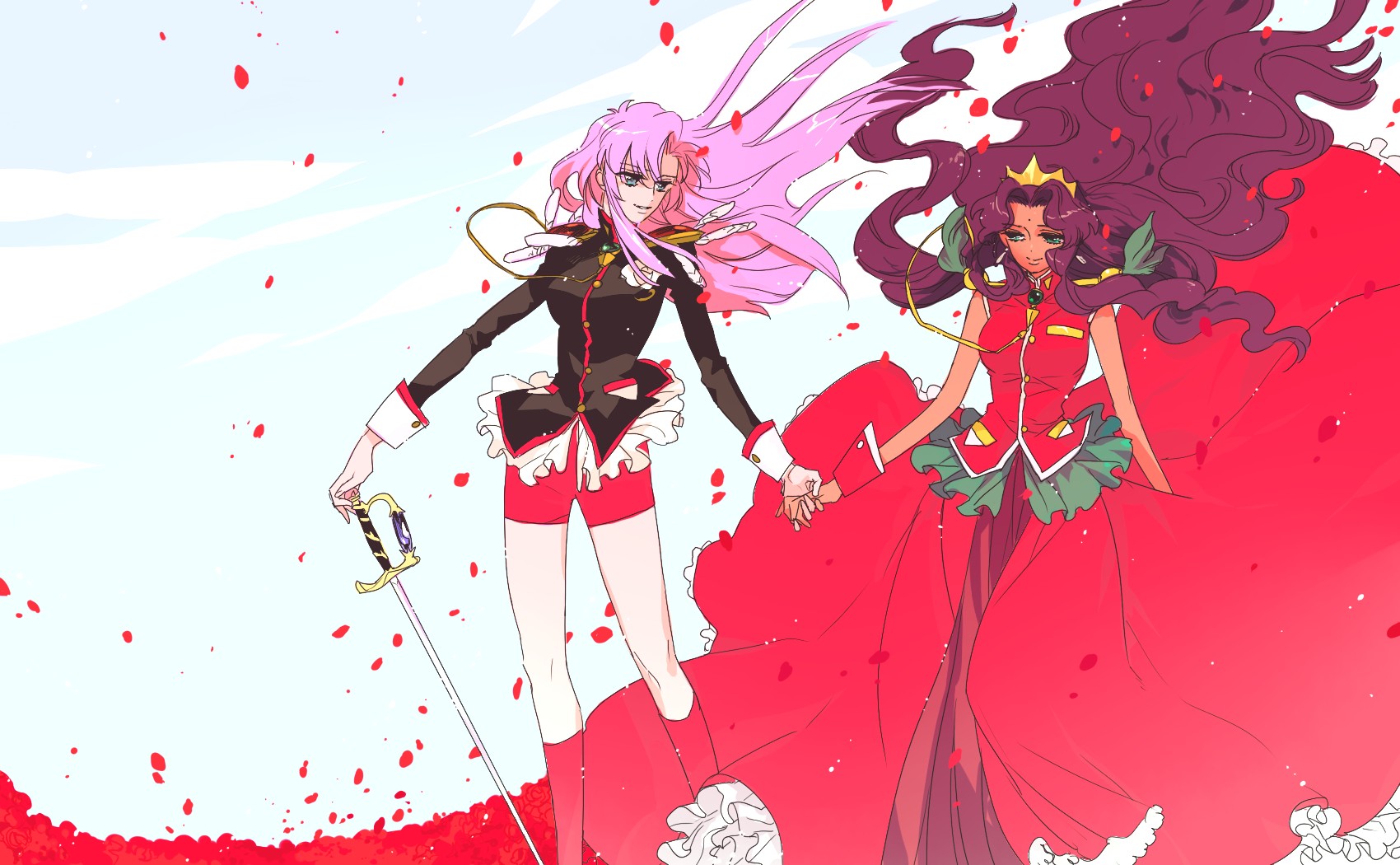As kid of the 90’s era who is slowly realizing that surreal reality of creeping adulthood, I find myself more frequently grasping for artifacts of my childhood nostalgia. Sailor Moon for instance has always felt like one of those staple shows for me that take me back to Saturday mornings at Grandmas house fighting for the best seat in front of the TV with my cousins while, multitasking between a mouth full coco puffs and calling dibs on which characters we were. As a kid I knew my powerful magical girl role model as Serena Tsukino and now as an adult by Tsukino Usagi. The American adaptation of this beloved 90’s cartoon had in some very vital ways stripped away the powerful representation that the original embodied concerning issues of authenticity, white washing, dubbing and censoring (one of the most notable being that sailor neptune + sailor uranus going from girlfriends to cousins..)
Americanization of the show: ”
In addition to the Americaization of the names in the show, the America broadcasts also cut out most references to Japanese culture, both in the audio and on the screen. So if a character was standing next to, say, signs written in kanji, they would become blank signs instead. Also, when the bus crashes, the door opens on the other side, which would be considered correct in Japan and wrong for America. Also, whenever Japanese yen was used for prices in the anime, the English dub would refer to the money as dollars.
Another example of Americanization is in the episode “Time Bomb.” In Japan, people drive on the left side of the road, which you see in the original Japanese episode. However, the English dub flip scenes where Serena is on a bus to make it look like the bus is driving on the right side of the road, emulating American roads. However, this is extremely noticeable as viewers can see letters are backwards on signs the bus passes.
One other Americanization of the anime is Darien’s nickname for Serena. He originally called her “dumpling head.” In Japanese, dumpling translates to “Odango,” which is a reference to how some women wear their hair in spherical buns on the sides of their head, reminiscent of dumplings. Since this cultural reference would be lost on Americans, the English dub changed Darien’s nickname for Serena to the more American “meatball head.””
*Additionally the Sailor Moon Stars that feature trans characters were never released at all in the U.S.

Vice Documentary looks into Sailor Moon as a fandom from a American queer lens: (mainly from a white perspective) still informative but lacks intersections of race related complexities.
I highly recommend this afropunk article! ( http://afropunk.com/2017/09/loving-magical-girls-black-non-binary- )It makes mentions of Sailor Moon as well as other beloved works of art in the magical girl genre including Revolutionary Girl Utena and webcomics Princess Love Pon & Magical How?. They touch on the intersections of colorism, representation, black girl magic, trans/non-binary empowerment and femphobia.
Quote from the article:
“Although the magical girl genre inspires cisgender girls and women, the genre also has the potential to do the same for transgender and non-binary people. To avoid causing dysphoria, it is important to have more magical girl media with trans and non-binary representation. The magical girl genre shouldn’t only be for cisgender girls. If gender isn’t binary, then being magical isn’t either.”


Revolutionary Girl Utena